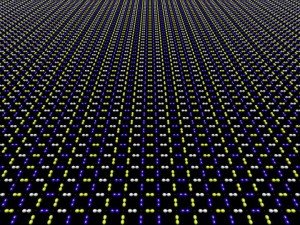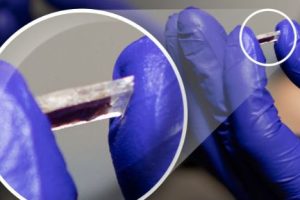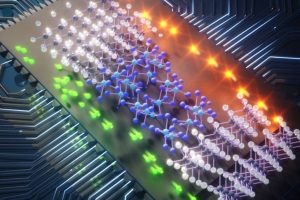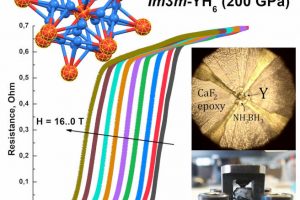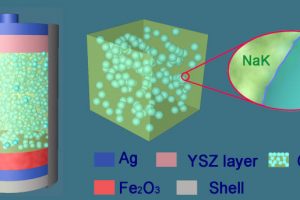The brakes in this case are an electron energy density wave – fixed electrons that inhibit free-flying electrons, according to the US Brookhaven National Laboratory.
“Many researchers believe that the density wave is the key to unlocking the cuprates: If they can thoroughly understand the electron density wave, they say, they may be able to determine how to suppress or remove it to induce superconductivity, possibly even at room temperature,” said the Lab, which has published findings on the atomic-scale origins and influences that produce the density wave in Nature Physics.
There are several cuprate superconductors, superconducting up to as high as 140K (-130°C). All have layered structures, with superconductivity taking place in the one-molecule-thick sheets of crystalline copper-oxide (CuO2).
Aside from the superconducting phase, according to Brookhaven, these materials exhibit another electronic order dubbed the ‘pseudogap’ phase whose energy gap is known even if its mechanism is not.
With researchers at Columbia University, last year a Brookhaven team established a firm link between the disappearance of the density wave within the pseudogap phase, and the emergence of the free-flowing electrons needed for unrestricted superconductivity.
Now, prompted by a Harvard researcher, they have spotted something that suggests another intimate link between the electron density wave and the pseudogap phase: the characteristic energy of the density wave’s modulation is equal to the pseudogap energy. “Moreover, they showed that the electrons making up the electron density wave have the characteristic momentum at which the pseudogap appears. The fundamental implication is that the pseudogap state is somehow the parent of the density wave state,” said the lab.
Measurements were made with ‘sub-lattice imaging’ using a special scanning tunnelling microscope capable of determining the electronic structure in different sub-sets of the atoms in the crystal, known as sub-lattices. The current through the microscope tip, held 0.1nm away from the sample, creates a spatial image of the electron density and, separately, of the crystal lattice.
Image: Cuprate charge density wave
Each dumbbells represents the electronic orbital on an oxygen atom. The orbital colours change from left to right: yellow, white, blue, white, yellow, white, blue… representing changes in charge density: high, medium, low, medium, high, medium, low… moving across the plane from left to right.
Credit: Brookhaven National Laboratory
 Electronics Weekly Electronics Design & Components Tech News
Electronics Weekly Electronics Design & Components Tech News
